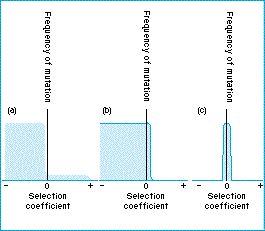Pan-neutralism

Pan-neutrality is the idea that all the forms of a protein (or, at least, the majority of them) have equal fitness - that all mutations are neutral.
Pan-neutralism is very different from the neutral theory. In the neutral theory, all evolutionary change is neutral; but that does not mean all mutations are neutral. Deleterious mutations disappear from the population before they have any chance to show up as evolution. The neutral theory therefore does not rule out natural selection.
Pan-neutralism is almost certainly false and there are good reasons to reject it:
• It cannot explain why different genes evolve at different rates, or why different species have different codon biases.
• It is absurd to suggest that hardly any mutations are disadvantageous. Organisms, including their molecules, are adapted to their environments; we only need reflect on the efficiency of digestive enzymes or any other biological molecule for supporting life to realize that. If molecules are adapted, many changes in them will be for the worse.
These objections apply only against pan- neutralism, and not against the neutral theory.
Figure: the neutral and selectionist theories postulate different frequency distributions for the rates of mutation with various selection coefficients. (a) According to the selectionists, exactly neutral mutations are rare and there are enough favorable mutations to account for all molecular evolution; whereas (b) neutralists believe there are many more neutral, and hardly any selectively favored, mutations. (c) is pan-neutralism, the theory that all mutations are selectively neutral.
| Next |



